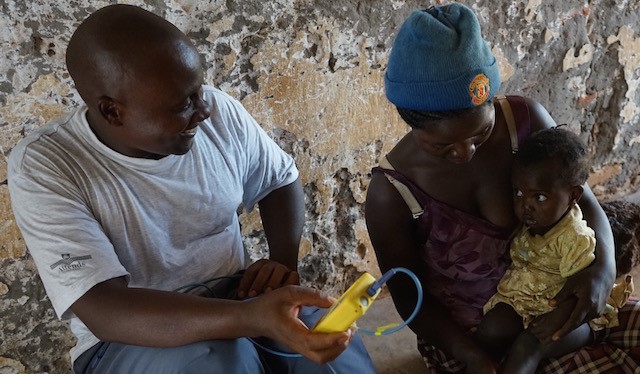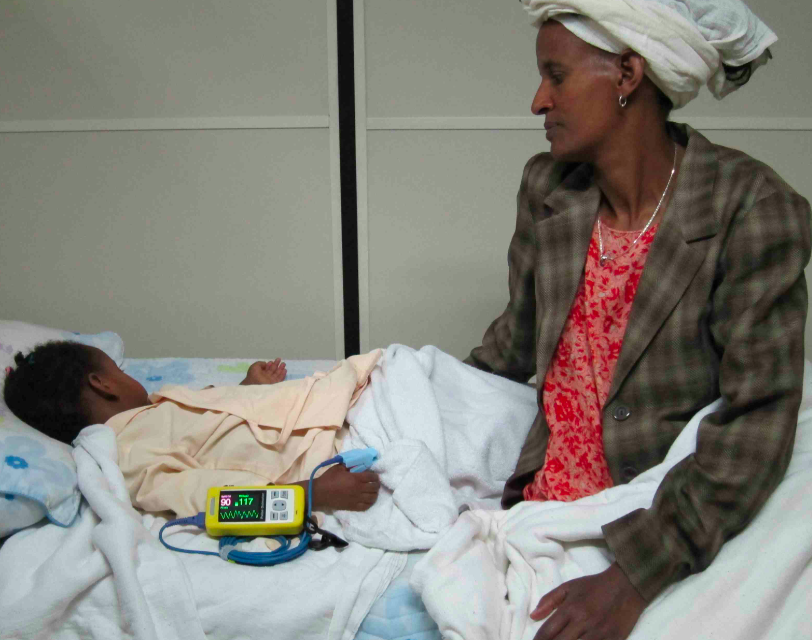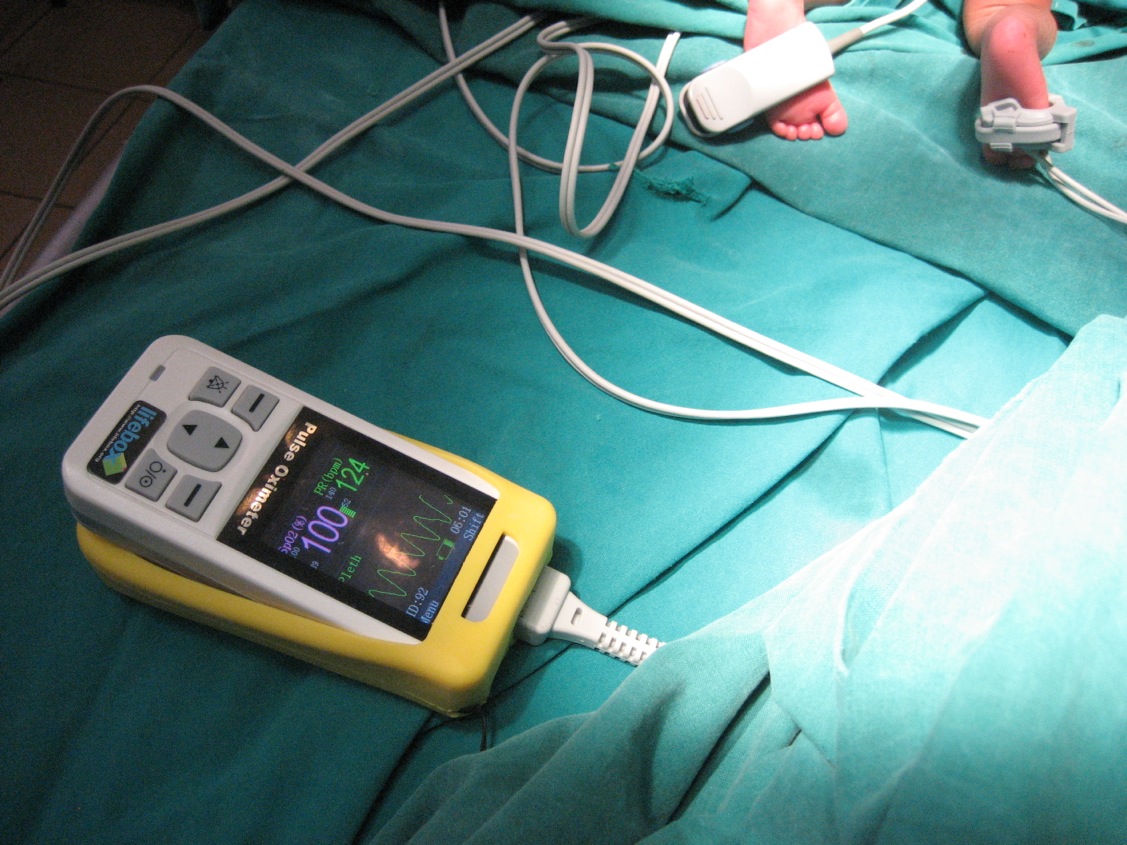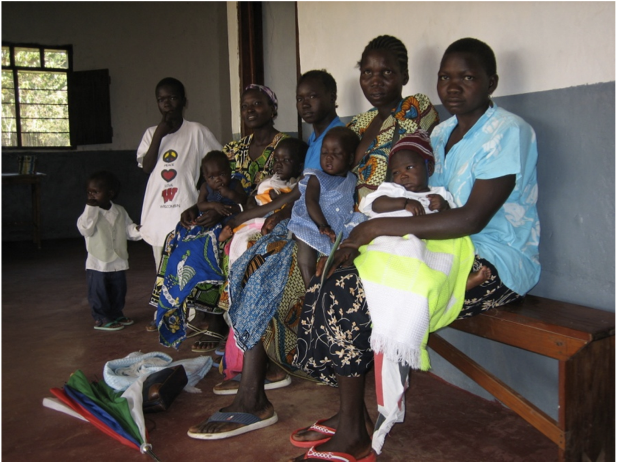
A better oximeter for under-5s
But we know there’s more work to be done, in surgery – and other fields where a pulse oximeter can make the difference between life and death.
![]() Thanks to support from the Bill & Melinda Gates Foundation, we launched a major new venture for Lifebox last year.
Thanks to support from the Bill & Melinda Gates Foundation, we launched a major new venture for Lifebox last year.
Our focus: targeted redesign of the Lifebox oximeter and neonatal probe.
Our goal: to optimise its use for babies and young children, our youngest and most vulnerable constituency.
Pneumonia is the leading infectious cause of death in children under five, killing almost 1 million worldwide each year. Hypoxemia (low blood oxygen level) is a critical factor in diagnosis, making pulse oximetry a vital tool in early treatment. Access to pulse oximetry at the community and healthcare facility level informs hospital referral, treatment such as oxygen therapy, and long term case management.
The Lifebox oximeter and neonatal probe were specially designed for use in low-resource settings. We know, however that it can sometimes be harder to get a reading on young patients when they are not under anaesthesia.
We know we can do better.
Since January, Lifebox has led a project to upgrade and redesign our oximeter for use with small children. We’re working with an incredible group: an independent oximeter design team, our manufacturer, Great Ormond Street Hospital for Children NHS Foundation Trust (GOSH), the Institute for Global Health at University College London (UCL), Johns Hopkins University (JHU), as well as local NGOs and government leaders in Bangladesh and Malawi.
We are delighted by this opportunity provided by the Bill & Melinda Gates Foundation to enhance the Lifebox pulse oximeter: not only to optimise its use for diagnosis of pneumonia, but in the process, ensure that it becomes an even better tool for anaesthesia safety.
A better pulse oximeter means greater accessibility and use across community, clinic and hospital levels – ultimately helping to save lives that have only just begun.




